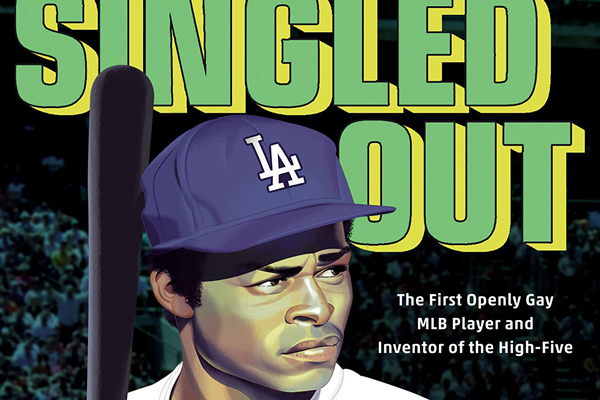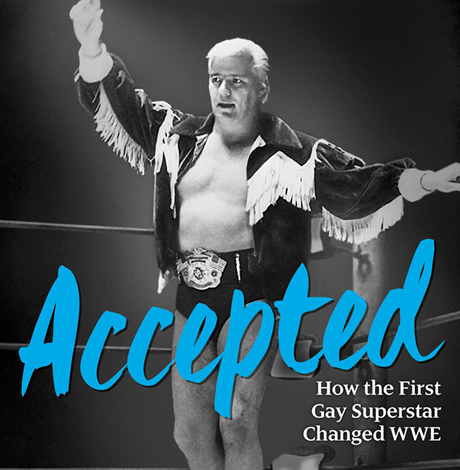Books
Boredom-busting book suggestions
These titles will help get you through the COVID-19 blues
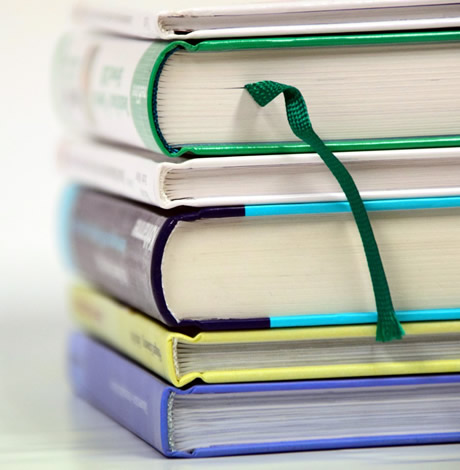
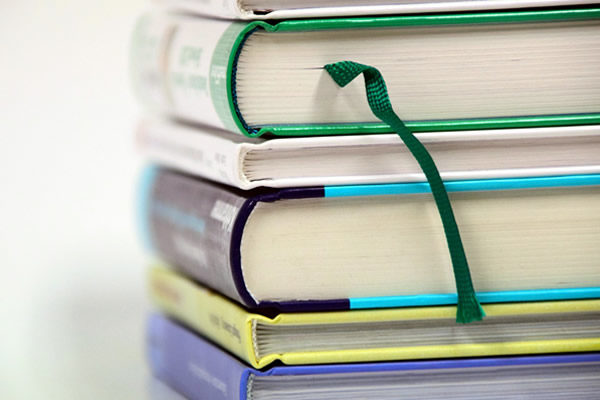
Hunker down.
That’s what you’ll be doing for the immediate future: trying to stay well or get well or just waiting. You’ve had enough TV and the pantry’s as clean as it’ll ever get, so maybe it’s time to find something to read. Here are some suggestions:
Fiction
If you’re a fan of unusual thrillers, look for “Please See Us” by Caitlin Mullen. It’s the story of two dead women who have not yet been found in their marshy grave. But they know what’s going on, and they know they won’t be alone for long. Oh, and they know who killed them. Also, thriller fans, get “Journey of the Pharaohs” by the late Clive Cussler and Graham Brown. If you’ve ever read a Cussler book, you know what you’re in for.
“The Love Story of Missy Charmichael” by Beth Morrey is a sweetheart of a book. It’s about a 79-year-old woman who’s largely alone; her children are scattered or estranged and she’s old enough to believe that reflection on her past is all she has left. And then she meets a dog.
The fan of historical fiction will love having “Westering Women” by Sandra Dallas on the sofa. It’s the story of a young seamstress and her small daughter, both of whom travel with a caravan of other women to answer the call for “eligible women” out west in the 1800s. Adventure, love, action, can you resist?
Non-fiction
Music fans will love hunkering down with “The Beatles from A to Zed” by Peter Asher. It’s an easy-breezy book on the Fab Four, but indirectly, which means you’ll get some little-discussed, little-known tales that fans will need to know. Here’s another book that’s perfect for the music fan: “She Can Really Lay It Down” by Rachel Frankel, a book about music’s female rebels and rockers. Or look for “1973: Rock at the Crossroads” by Andrew Grant Jackson, a book that’s part history, part music history and all perfect nostalgia.
For the reader who loves a good true-medicine tale, try “The Open Heart Club” by Gabriel Brownstein. Written by a man whose life was saved by cardiac surgery when he was just a small child, this book looks at heart surgery in the distant past and what’s being done to cure the heart now. Another book to look for, whether you’re thinking it’s time to quit smoking, you’re fascinated about why anyone would start or you’re just plain in need of something different is “The Cigarette: A Political History” by Sarah Milov.
For parents or parents-to-be, how about something different: “Designing Babies” by Robert L. Klitzman, M.D. is a guidebook of sorts, filled with choices that potential noms and dads can make when taking that big step toward parenthood. But it’s also a book about how tomorrow’s generations are being affected by technology today. Also, try “9 Months In, 9 Months Out” by Vanessa Lobue, a scientific look at pregnancy and being a parent, written by a scientist.
The reader who hates the fact that church has to be missed will enjoy having “The Knights of Columbus: An Illustrated History” by Andrew T. Walther and Maureen H. Walther around. It’s a large, beautiful retrospective on the “K of C,” its contributions, and many of the leaders who influenced the Knights through the decades.
Hang on to hope that this will be over soon, but reading “Nomad: Designing a Home for Escape and Adventure” by Emma Reddington. This heavy, beautiful book is filled with ideas for the person who wants to convert a bus, van, or boat into a permanent living space that’s movable. You can dream, can’t you? While you’re reading that one, keep “Making a Life” by Melanie Falick nearby; it’s a book on crafting, art and subsisting on that which you create.
Depending on the view from your bed or sofa, “On Flowers” by Amy Merrick might be something to lift your spirits. It’s filled with photos and its words reflect an appreciation for all things colorful. The book to read after that: “White Feathers: The Nesting Lives of Tree Swallows” by Bernd Heinrich, and learn about your feathered friends.
Another book to find, one that’s perfect for environmentalists, is “Cat Tale: The Wild, Weird Battle to Save the Florida Panther” by Craig Pittman. Filled with humor, action, and a pretty kitty, it’s great for animal lovers, too. And this: “Running with Sherman” by Christopher McDougall is a story of a donkey and you know you want it.
If you’re thinking that now’s the time to consider a good break and a new business, “Discipline Strategy” by Timothy L. Coomer, is a worthwhile read and a good place to start. It’s about decision-making, goal-setting, and doing the best work you can offer to your customers.
Sports fans, there’s no doubt that you’re feeling bereft without your favorite team on TV, so why not pick up a sports book instead? One like “Games of Deception” by Andrew Maraniss. It’s the tale of Nazi Germany, World War, and the United States’ first Olympic basketball team. Another book for the sports fan is “The Eighth Wonder of the World: The True Story of André the Giant:” by Bertrand Hėbert and Pat LaPrade. It’s a tale of wrestling and the real man who made it fun to watch.
If this quarantine is compounded by loss, look for “Finding Meaning: The Sixth Stage of Grief” by David Kessler. It’s a book for healing that takes things just one step beyond old, conventional grieving.
If you’re already tired of the same old meals, look for “Meals, Music, and Muses: Recipes from My African American Kitchen” by Alexander Smalls. There’s really only one thing you can say about it: yum.
Books
Ever taken a cross-country drive in the back seat?
Then ‘Here We Go Again’ is the book for you

‘Here We Go Again’
By Alison Cochrun
c.2024, Atria
$17.99/368 pages
Can you do me a solid?
Just one little favor, a quick errand, it won’t take long. You can do it next time you’re out, in fact. Consider it your good deed for the day, if it makes you feel better. A mitzvah. An indulgence to a fellow human. As in the novel, “Here We Go Again” by Alison Cochrun, think of it as a life-changing thing.

She couldn’t remember the woman’s first name.
Did Logan Maletis really ever know it? Everybody at her job – administration, students, other teachers – called everyone else by their last name so the colleague she’d been hooking up with for weeks was just “Schaffer.” Whatever, Logan didn’t care and she wasn’t cold-hearted but when Savannah broke up with her in public, she did wonder if maybe, possibly, the awful names she called Logan were fair or true.
Rosemary Hale would’ve agreed with every last one of those nasty names.
Once, she and Logan were BBFs but after a not-so-little incident happened the summer they were 14, she hated Logan with a white-hot passion. Every time Rosemary ran into Logan at school, she regretted that they worked in the same place. Seeing her old nemesis, even just once in a while, was an irritation she could barely stand.
They had nothing in common at all, except Joseph Delgado.
He’d been their English teacher years ago, and they both followed in his footsteps. He kept them from going stir-crazy in their small Oregon town. He was friend, father figure, and supporter for each of them when they separately came to understand that they were lesbians.
They loved Joe. They’d do anything for him.
Which is why he had one favor to ask.
With a recent diagnosis of incurable cancer, Joe didn’t want to die surrounded by hospital walls. Would Logan and Rosemary drive him and his dog to Maine, to a cabin he owned? Would they spend time crammed side-by-side in a used van, keeping Joe alive, coast-to-coast? Could they do it without screaming the whole way?
Can you avoid laughing at this convoluted, but very funny story? Highly unlikely, because “Here We Go Again” takes every nightmare you’ve ever had of busted friendship, bad vacations, and long-lost love, and it makes them hilarious.
It’s not the story that does it, though. The story’s a bit too long and it can drag, but author Alison Cochrun’s characters are perfectly done, each one of them. Logan is profane in all the right ways and yes, she’s a jerk but an appealing one. Rosemary is too prim, too proper, too straight-laced, but Cochrun lets her be unlaced in a steamy passage that’s not misplaced. You’ll love how this story moves along (although sometimes slowly) and you’ll love how it ends.
If you’ve ever endured a cross-country trip stuffed in the back seat of a hot car for miles and miles, sharing a seat with an abrasive sibling, this is your book. “Here We Go Again” is a solid vacation read.
The Blade may receive commissions from qualifying purchases made via this post.
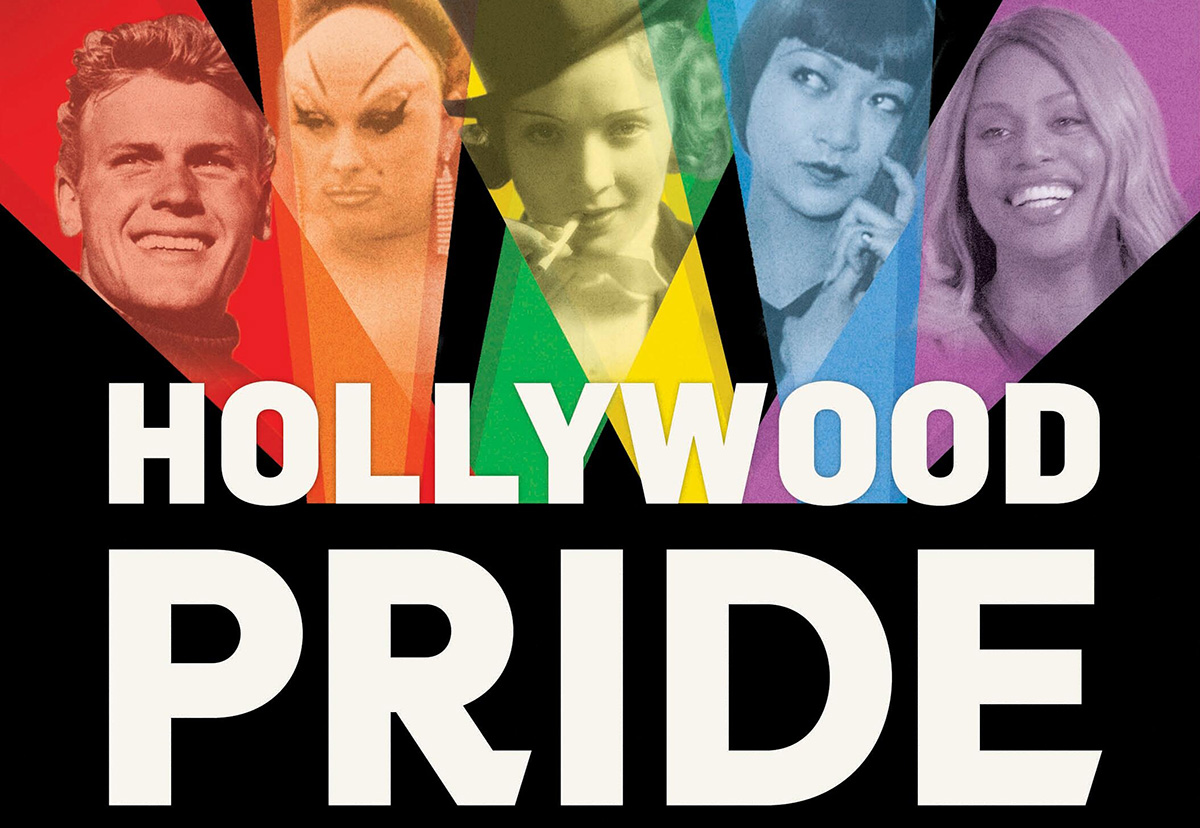
‘Hollywood Pride: A Celebration of LGBTQ+ Representation and Perseverance in Film
By Alonso Duralde
c.2024, Running Press
$40/322 pages
You plan to buy lots of Jujubes.
They’ll stick to your teeth, but whatever, you’ll be too busy watching to care. You like the director, you know most of the actors as first-rate, and word is that the newcomer couldn’t be more right for the role. Yep, you’ve done your homework. You read Rotten Tomatoes, you’ve looked up IMDB, and you bought your ticket online. Now all you need is “Hollywood Pride” by Alonso Duralde, and your movie night is complete.

William Kennedy Laurie Dickson likely had no idea that what he’d done was monumental.
Sometime in the very late 1800s, he set up a film camera and a wax cylinder to record a short dance between two men, hands around one another’s waists, as Dickson played the violin. It “was one of the very first movies ever shot,” and probably the first film to record men dancing rather intimately alone together.
Back then, and until well into the 20th century, there were laws against most homosexual behavior and cross-dressing, and very rigid standards of activity between men and women. This led to many “intense relationships between people of the same gender.” Still, in World War I-era theaters and though LGBTQ representation “was somewhat slower to get rolling” then, audiences saw films that might include drag (often for comedy’s sake), camp, covert affection, and “bad girls of the era.”
Thankfully, things changed because of people like Marlene Dietrich, Ramon Novarro, Claudette Colbert, George Cukor, Alfred Hitchcock, and others through the years, people who ignored social mores and the Hays Code to give audiences what they wanted. Moviegoers could find LGBTQ actors and themes in most genres by the 1940s; despite politics and a “pink scare” in the 1950s, gay actors and drag (still for comedy’s sake) still appeared on-screen; and by the 1960s, the Hays Code had been dismantled. And the Me Decade of the 1970s, says Duralde, “ended with the promise that something new and exciting was about to happen.”
So have you run out of movies on your TBW list? If so, get ready.
You never want to start a movie at the end, but it’s OK if you do that with “Hollywood Pride.” Flip to the end of the book, and look up your favorite stars or directors. Page to the end of each chapter, and you’ll find “artists of note.” Just before that: “films of note.” Page anywhere, in fact, and you’ll like what you see.
In his introduction, author Alonso Duralde apologizes if he didn’t include your favorites but “Hollywood has been a magnet for LGBTQ+ people” for more than a century, making it hard to capture it completely. That said, movie-loving readers will still be content with what’s inside this well-illustrated, well-curated, highly readable historical overview of LGBTQ films and of the people who made them.
Come to this book with a movie-lover’s sensibility and stay for the wealth of photos and side-bars. If you’re up for binge-reading, binge-watching, or Date Night, dig into “Hollywood Pride.” Popcorn not necessary, but welcome.
The Blade may receive commissions from qualifying purchases made via this post.
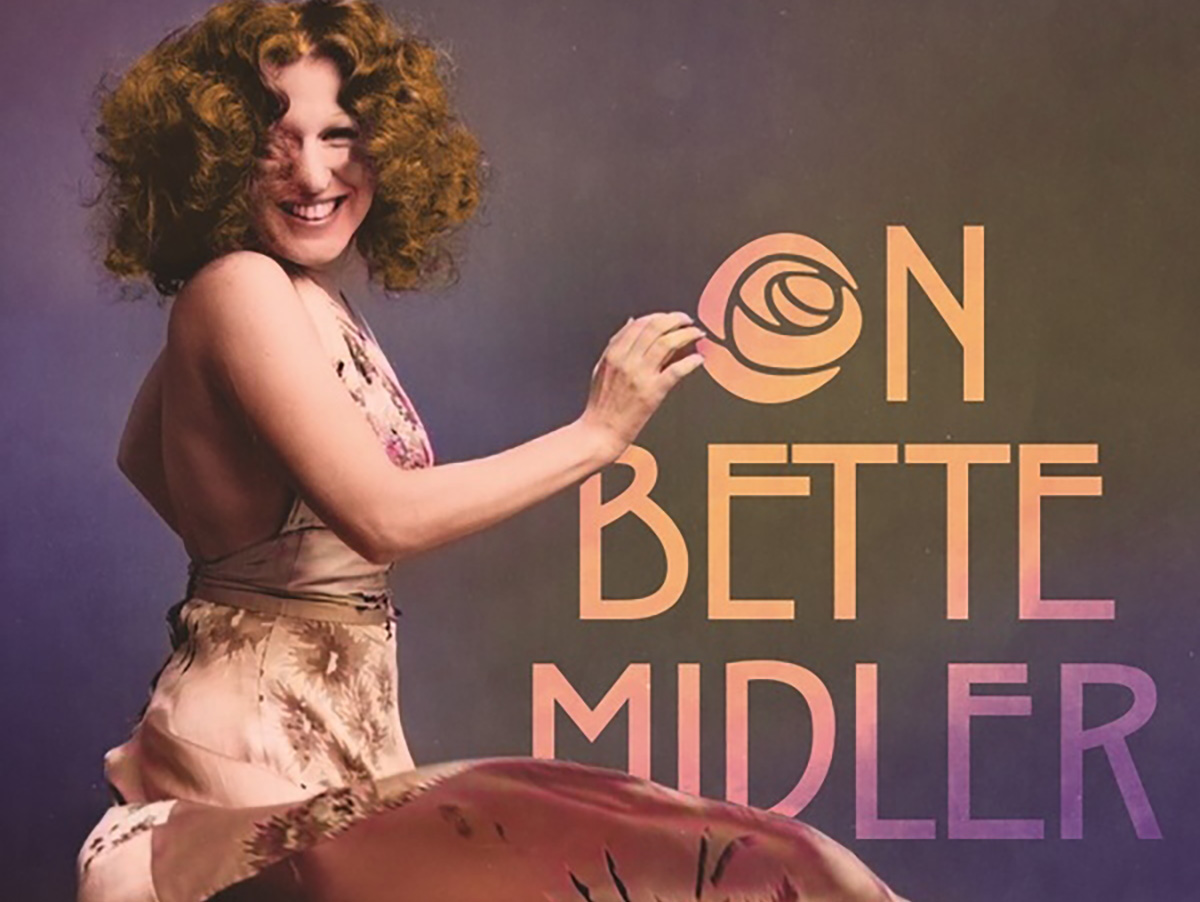
‘On Bette Midler: An Opinionated Guide’
By Kevin Winkler
c.2024, Oxford University Press
$29.99 232 pages
Superb.
That word’s appropriate in this situation. Fantastic, that’s another. Transcendent or celestial, if you’re of that mind, or perhaps anointed. There are many adjectives you can use for a performer who transports you, one who sings to your soul. Sensational, breathtaking, outstanding, or – as in the new book “On Bette Midler” by Kevin Winkler – another, better word may be more suitable.

Born in Hawaii a few months after the end of World War II, Bette Midler was named after film star Bette Davis. It was a perhaps auspicious start: despite a minor disparity (Midler’s mother thought the movie star’s first name was pronounced “Bet”), young Midler seemed at a young age to want to follow in her almost-namesake’s footsteps. By age 11, she’d won accolades and prizes for her performances and she “yearned to be a serious actor.” As soon as she could, she headed for New York to seize her career.
Alas, her “unconventional” looks didn’t help win the roles she wanted but she was undeterred. Unafraid of small venues and smaller gigs, she “just blossomed” in New York City. Eventually, she landed at the Improv on 44th Street; the owner there helped her negotiate some minor work. Another man became her manager and secured a job for her at the Continental, a New York bath house strictly for gay men. She was hired for eight summer nights, Friday and Saturdays only, for $50 a night.
Almost immediately, her authenticity, her raunchy language, and her ability to relate to her audience made her beloved in the gay community. Midler’s tenure at the Continental expanded and, though legend points to a longer time, she worked at the bath house for just over two years before moving on and up, to television, recording studios, movies, and into fans’ hearts. Still, asks Winkler, “Did it really matter what stage she was on? She touched audiences wherever she performed.”
In his earliest words – and, in fact, in his subtitle – author Kevin Winkler reminds readers that “On Bette Midler” is a book that’s “highly opinionated, filled with personal contemplations…” He is, in other words, a super-fan, but that status doesn’t mar this book: Winkler restrains his love of his subject, and he doesn’t gush. Whew.
That will be a relief to readers who wish to relish in their own fervor, although you’ll be glad for Winkler’s comprehensive timeline and his wide look at Midler’s career. Those things come after a long and fascinating biography that starts in 1970, takes us back to 1945, and then pulls us forward through movies, television appearances, stage performances, and songs you might remember – with appearances from Barbara Streisand, Barry Manilow, and Cher. It’s a fun trip, part confidential, part charming, part nostalgic, and very affectionate.
Despite that this is a “personal” book, it’s great for readers who weren’t around during Midler’s earliest career. If you were and you’re a fan, reading it is like communing with someone who appreciates Midler like you do. Find “On Bette Midler.” You’ll find it divine.
The Blade may receive commissions from qualifying purchases made via this post.
-
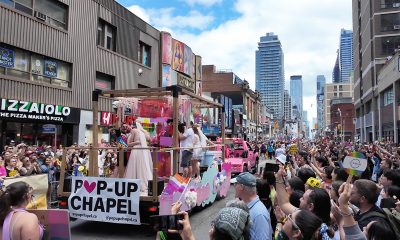
 Canada2 days ago
Canada2 days agoToronto Pride parade cancelled after pro-Palestinian protesters disrupt it
-
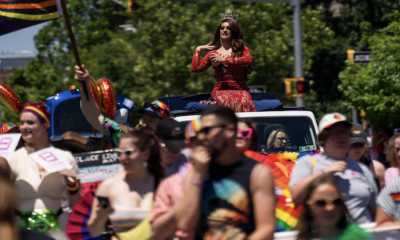
 Baltimore4 days ago
Baltimore4 days agoDespite record crowds, Baltimore Pride’s LGBTQ critics say organizers dropped the ball
-

 Sports4 days ago
Sports4 days agoHaters troll official Olympics Instagram for celebrating gay athlete and boyfriend
-

 U.S. Supreme Court1 day ago
U.S. Supreme Court1 day agoConcern over marriage equality in US grows two decades after first Mass. same-sex weddings

